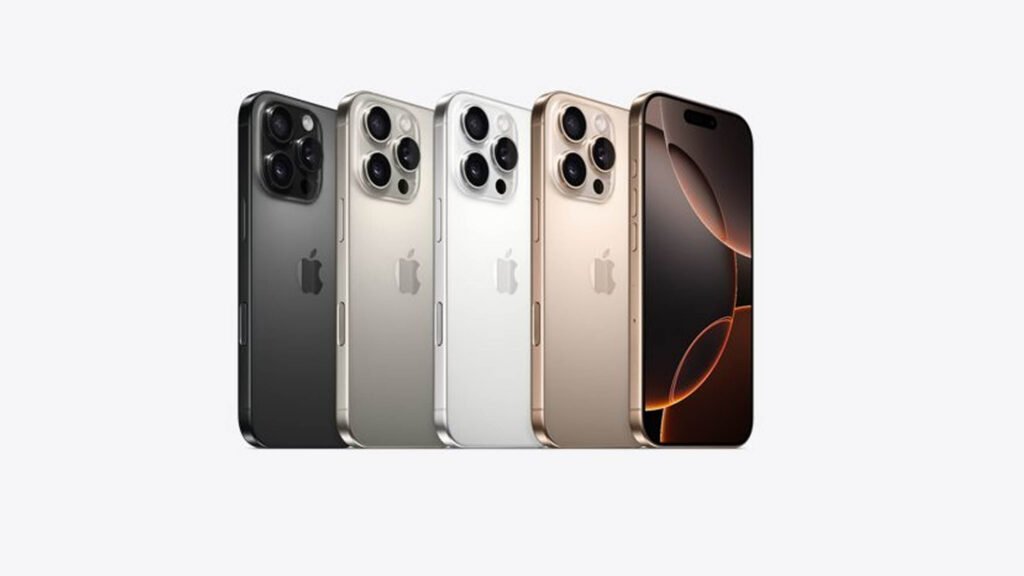iPhone 16 Pro Review: A Tough Sell Compared to Its Base Model
The iPhone 16 Pro finds itself overshadowed by the base iPhone 16, raising questions about whether the Pro is worth the extra cost. This year, the distinctions between the “Pro” and “non-Pro” models are more blurred than ever. Both models boast features like the Action Button and Camera Control, 48-megapixel main cameras with macro photography, and the powerful A18 processor paired with 8GB of RAM. The Pro’s advantages—a faster refresh rate display and a more capable USB-C port—may not be compelling enough for most buyers.
Marginal Upgrades and the Era of Maintenance
The iPhone 16 Pro represents only a minor upgrade over its predecessor, the iPhone 15 Pro, which itself offered incremental improvements over earlier Pro models. Apple—and much of the smartphone industry—seems to have settled into an era of refinement rather than groundbreaking innovation. The days of annual, game-changing upgrades are clearly behind us.
That said, the hardware of the iPhone 16 Pro is exceptional. The bezels are razor-thin, though their extreme slimness can lead to accidental presses during gameplay. The ProMotion display ensures buttery-smooth visuals, and the polished titanium housing, particularly in the new Desert Titanium finish, feels premium and distinctive.
New Features: Useful or Gimmicky?
The new Camera Control feature feels awkward in practice. It requires a harder press than expected to activate, making it less intuitive than anticipated. While it might prove useful in spontaneous moments, for now, opening the camera from the lock screen feels just as fast. Many users hoped for a MacBook-style capacitive touchpad, but the physical button falls short of those expectations. Moreover, both Camera Control and the Action Button are available on the standard iPhone 16, further diminishing the Pro’s exclusivity.
The A18 Pro chip offers excellent performance, but its advantages over the regular A18 chip in the iPhone 16 are minor—just a 15% improvement at best. Most users won’t notice much difference unless upgrading from an older device like the iPhone 12.
Battery life is one of the few meaningful differentiators. The Pro offers at least five more hours of battery life compared to the base model, a notable improvement for power users, though most people charge their phones nightly anyway.
Who Should Upgrade?
If you’re using an iPhone 15 Pro, 14 Pro, or even 13 Pro, there’s little here to justify upgrading unless USB-C is a must-have for you. However, users of the iPhone 12 Pro or earlier will appreciate the ProMotion display, additional storage, and overall performance boost.
The Case for the Base Model
For most people, the iPhone 16 is more than enough. It delivers 90% of the Pro’s features at a significantly lower cost. With the same core processor, excellent camera quality, and shared features like the Action Button, the base model offers outstanding value. The ProMotion display—arguably the Pro’s standout feature—won’t matter to many users, making the $200 premium hard to justify.
Final Thoughts
After extensive comparisons, it became clear that separate reviews for the iPhone 16 and iPhone 16 Pro weren’t necessary. The differences between the two are too minor to warrant the higher price of the Pro for most users.
The iPhone 16 Pro is undeniably impressive, but it’s not essential. For the vast majority of users, the base model iPhone 16 will deliver everything they need for years to come. The Pro is a luxury, not a necessity.



